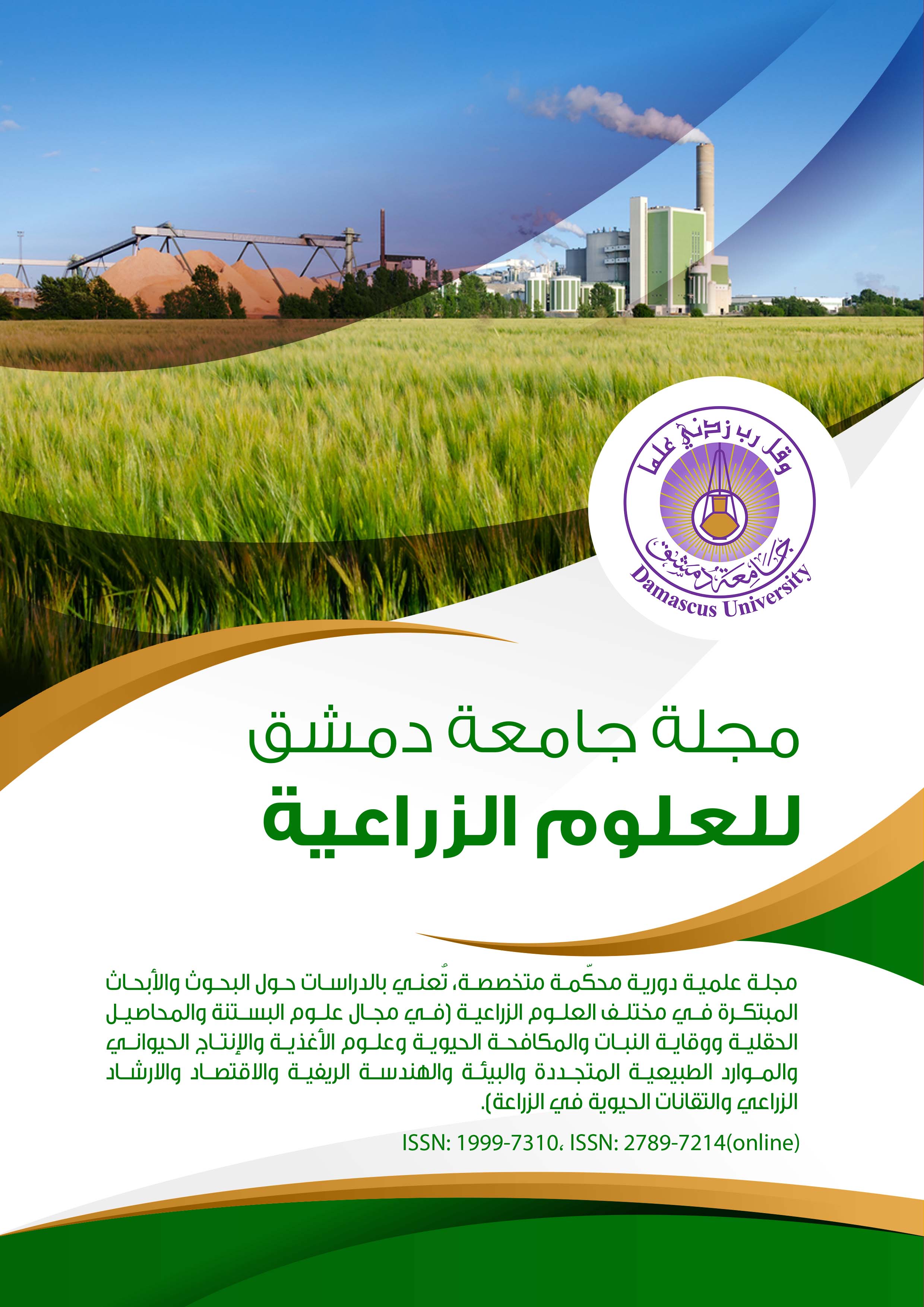Benefiting From Apple Waste Powder in The Manufacture Of Functional Biscuits, and Studying Its Physical and Chemical Properties, Antioxidant Activity, and Content of Biologically Active Compounds
Keywords:
Apple Waste Powder, Wheat Flour, Biscuit, Replacement, Chemical Properties, Color Indicators, Sensory PropertiesAbstract
This research was carried out in the laboratories of the Department of Food Sciences, at the University of Damascus, at the aim of developing a biscuit product rich in fiber and natural antioxidants, which the Apple waste powder was prepared, and then used in the manufacture of biscuit at (5, 10, and 15%), which the ability of apple waste powder to bind water, fat and emulsify was higher compared with the wheat flour sample (3 g/g, 1.41 g/g, and 2.90 g/g), respectively, and the content of apple waste powder was higher in total sugars, crude fiber and ash, and lower in protein content (81g/100g dry weight, 15.40% dry weight, 1.70% dry weight, 7.50% dry weight) compared with the wheat flour, and replacing wheat flour with apple waste powder resulted in a significant increase in the content of total sugars, ash, total phenols, antioxidant activity, index (a*), and a decrease in protein content, and (L*, and b*) in the processed biscuit samples, with an increase in the replacement percentage from 5% to 15% compared with the control biscuit, and the addition of 5% significantly improved the general acceptance compared with the other studied samples, and the addition of apple waste powder did not have any significant effect on the texture, as these differences were not significant.

